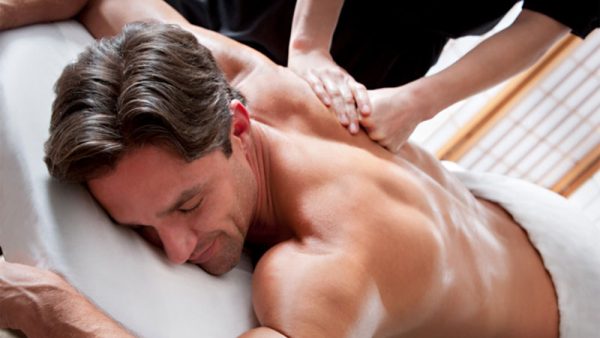Having a massage is one of the most relaxing things on Earth. I mean it doesn’t take a Scientist to know that having a massage feels so good. But there are a few Scientific things occurring to our bodies during and after a massage that explain why we feel so good.
1. Increased circulation
Research tells us that massage leads to vasodilation (widening of blood vessels) through stimulation of the sympathetic nervous system receptors. Through the physical manipulation of soft tissue and associated chemical responses, the circulatory or cardiovascular system ensures that blood is circulated throughout the body.
Why is this important you ask?
Well blood contains nutrients, oxygen, carbon dioxide, hormones and blood cells and the circulatory system is the means to transport these to and from the cells and tissues within our bodies. This creates healthier cells and tissues within the body by removing the toxins and waste to promote homeostasis.
2. Increased levels of Happy chemicals: Dopamine, Serotonin, Oxytocin and Endorphins
This quartet is responsible for our happiness and many studies have shown that Massage leads to increased levels of these neurotransmitters in our systems. So not only is Massage beneficial for our Physical wellbeing but improves our Mental wellbeing also.
Dopamine
Dopamine is a neurohormone that is released by the Hypothalamus in our bodies and provides us with improved psychological effects. This neurotransmitter helps regulate movement, emotional response and most importantly controls the brains reward and pleasure centers. So for some people receiving a massage induces the same sense of pleasure as physical intimacy, alcohol or recreational drugs. No wonder some people have an addiction to massages!
Serotonin
Serotonin is a mood stabiliser and often flows when we feel significant or important. Research has shown that massages can decease our levels of cortisol by 30 percent and when the production of Cortisol is inhibited our brains are in an optimal state to produce serotonin. As a result from the positive impact on mood and feelings of content it is not uncommon for people to fall asleep during a massage despite rigorous physical manipulation.
Oxytocin
More commonly known as the “love hormone” is released when massage is not vigorous i.e. a gentle massage you would receive in a spa whilst getting pampered. The increased production of this hormone often leads to that warm and fuzzy feeling inside and is often elevated in nursing mothers or people who fall in love.
Endorphins
We’ve all heard of Endorphins but what are they actually? Endorphins or “endogenous morphine” refers to a morphine-like substance originating from within the body (they are produced by the Central Nervous System and the Pituitary Gland). Their primary role is to inhibit the communication of pain signals but can also produce a feeling of euphoria (an experience of pleasure or excitement and intense feelings of wellbeing and happiness) funnily enough the same sensation experienced from other opoids.
…




